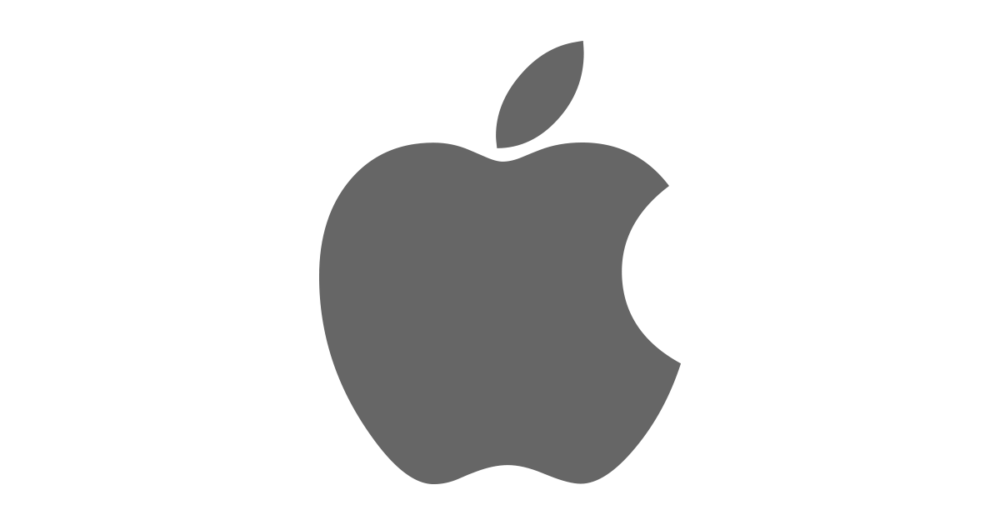iOS Update Disables iPhone 8 After Unauthorized Repairs
The publication Vice Motherboard has once again drawn attention to how Apple is fighting against unauthorized service centers that offer repair services for Apple devices. For a long time, Apple has been making life difficult for “non-certified” repair shops. For example, back in 2016, journalists from The GuardianThe Guardian, founded in 1821, is one of the world’s leading newspapers, known for its investigative reporting, cultural coverage, and in-depth analysis. To protect press freedom and ensure global access, it launched a Tor mirror of its website, accessible only through the Tor Browser. This version allows readers to bypass censorship, browse anonymously, and safely connect with journalists. By adopting Tor, The Guardian strengthens its role as a defender of free speech in the digital age. More and the iFixit project team brought public attention to an interesting issue. It turned out that after the release of iOS 9, Apple devices could become “bricked” if they were repaired at an unofficial service center and the Touch ID fingerprint scanner (built into the Home button) or its connecting cable was replaced. This problem became known as “Error 53,” named after the error code displayed by the bricked smartphone.
In 2016, the situation was resolved in favor of affected users, and Apple was forced to fix the “bug” and apologize. However, in 2017, a similar fate befell the iPhone 7: another iOS update disabled all touch functionality on devices that had previously been serviced by third-party repair shops. At first, Apple representatives explained that unofficial parts were unsafe and could malfunction, but later, under pressure from the media and users, they relented and rolled back the patch, restoring affected devices.
According to Vice Motherboard, after the second incident, Apple’s message became clear: the company was signaling to owners of third-party repair shops that a simple software update could strip a device that had undergone unauthorized repairs of key functionality.
The publication quotes Michael Oberdick, owner and founder of iOutlet, a company specializing in Apple device repair and maintenance. Oberdick said that this year, his company deliberately avoided repairing iPhone 8 devices, anticipating another move from Apple. He was right: at the end of March 2018, the iOS 11.3 update was released, which disabled the touch functionality on iPhone 8 devices that had their screens replaced unofficially.
Aakshay Kripalani, owner of another repair company, Injured Gadgets, also spoke with journalists. Kripalani reported that the March update triggered more than 2,000 complaints from frustrated customers who had previously purchased or repaired their smartphones through Injured Gadgets, only to end up with barely functioning devices.
Experts also mentioned the significant problems with repairing the iPhone X, which were discovered soon after the smartphone’s release. In particular, Oberdick explained that it is essentially impossible to unofficially replace the device’s front camera, as it is paired with the logic board and is responsible for Face ID functionality. To ensure Face ID works after a repair, the device must be serviced at an official Apple service center, which are not available in every country and are often not nearby, even in the United States.
Apple representatives did not respond to Vice Motherboard’s request and did not comment on the release of the patch, which once again “broke” many iPhones.



